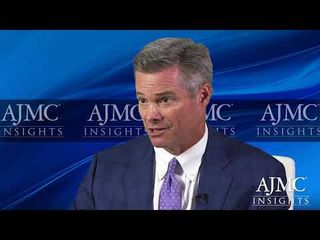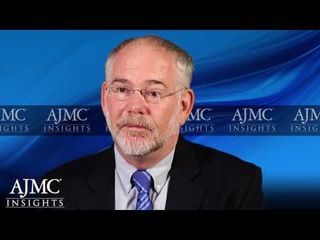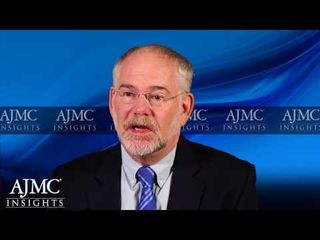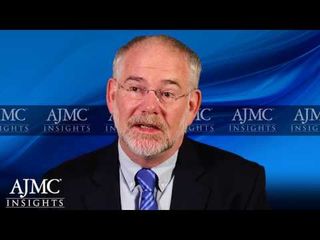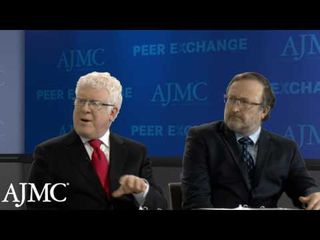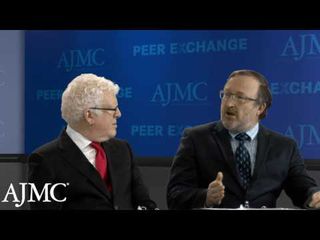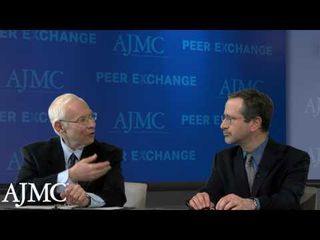
Heart Failure
Latest News

Latest Videos

CME Content
More News

Elevated levels of 2 inflammatory biomarkers may indicate a greater heart failure hospitalization risk for patients who have diagnosed atrial fibrillation.

Veterans Affairs data show that among patients with heart failure admitted to skilled nursing facilities, those with delirium exhibited decreased rates of functional recovery.

A higher risk of adult-onset heart failure was found in this Swedish study that investigated its association with singleton live births before 37 weeks gestation.

A recent subgroup analysis of the DAPA-HF study investigated possible clinical outcome differences between women and men following the addition of dapagliflozin to their treatment regimens.

Morbidity and mortality in individuals younger than 55 years with heart failure may be attenuated by targeting possible age-dependent risk factors

After a 12-month follow-up of patients in the CHAMP-HF registry, Kansas City Cardiomyopathy Questionnaire Overall Summary Score (KCCQ-OS) was shown to be more prognostically accurate compared with New York Heart Association functional class.

Among patients with atrial fibrillation (AFib) in the RATE-AF trial, the index-beat approach produced superior results on a potential diagnosis of heart failure vs consecutive-beat methods.

Reduced left ventricular ejection fraction, longitudinal strain, and circumferential strain have possibly been linked to development of heart failure among elderly individuals.

Responses from a study of in-person focus groups show that not only do patients report adverse effects on quality of life, physical well-being, and mental health but that their caregivers do as well.

In this Mendelian randomization study, higher odds of developing heart failure were seen in regular vs never smokers and in current vs former smokers.

Heart failure has been shown to be a contributing factor in more deaths in rural vs urban counties in which cardiovascular disease was pinpointed as the underlying cause of death.
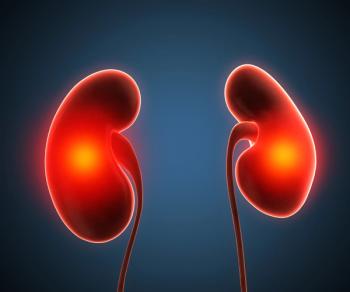
Study results from Taiwan of patients with heart failure and comorbid chronic kidney disease show a drop in the risk of renal function decline among patients with heart failure with preserved ejection fraction (HFpEF) administered sacubitril/valsartan.

Merck and Johnson & Johnson (J&J) partner to produce J&J's COVID-19 vaccine; Anthony Fauci, MD, warns against shifting to a single-dose strategy for approved 2-shot vaccines; Medtronic recalls its HVAD Pump Implant Kits.

A comparison of patients with heart failure with preserved ejection fraction (HFpEF) randomized to 1 of 2 physical activities did not show a significant increase in peak oxygen consumption (VO2) vs guideline-based physical activity.

Compared with women with normotensive pregnancies, women who develop various hypertensive disorders during pregnancy have a greater risk of cardiac structure abnormalities in the decade after pregnancy.
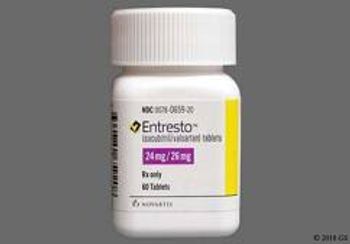
Novartis' drug, which combines sacubitril and valsartan, is the first to directly treat patients with heart failure with preserved ejection fraction.

An analysis of 30-year data on participants from the Augusta Heart study shows that Black individuals begin to exhibit potential signs of congestive heart failure earlier than their White counterparts.

A comparison of 2 time periods shows that following an initial decline, hospital admissions for primary management of heart failure rose between 2014 and 2017.
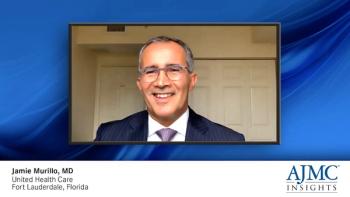
The program is closed with a discussion on how the coronavirus pandemic has affected the standard protocol for treating patients with heart failure.

Machine learning of data from 3 well-known heart studies shows a decline in heart failure risk from drinking at least 1 cup of caffeinated coffee each day.

Compared with a standard-protein diet, a high-protein diet reduced several markers of cardiometabolic risk in patients with heart failure and diabetes who were considered overweight or obese.

An early heart failure follow-up intervention succeeded in increasing referral to and completion of cardiology appointments within 7 days of discharge. The intervention was associated with lower risk of 30-day all-cause emergency department visits, all-cause hospitalizations, or death.

Expert physicians consider how novel agents will affect the treatment paradigm for heart failure.

An investigation of economic data from 3123 US counties, from 2007 to 2016, indicates that the cardiovascular mortality drop the authors saw may be a result of improved economic conditions.

A discussion on the optimal sites of care for patients with heart failure and how differing locations may alter treatment access.




